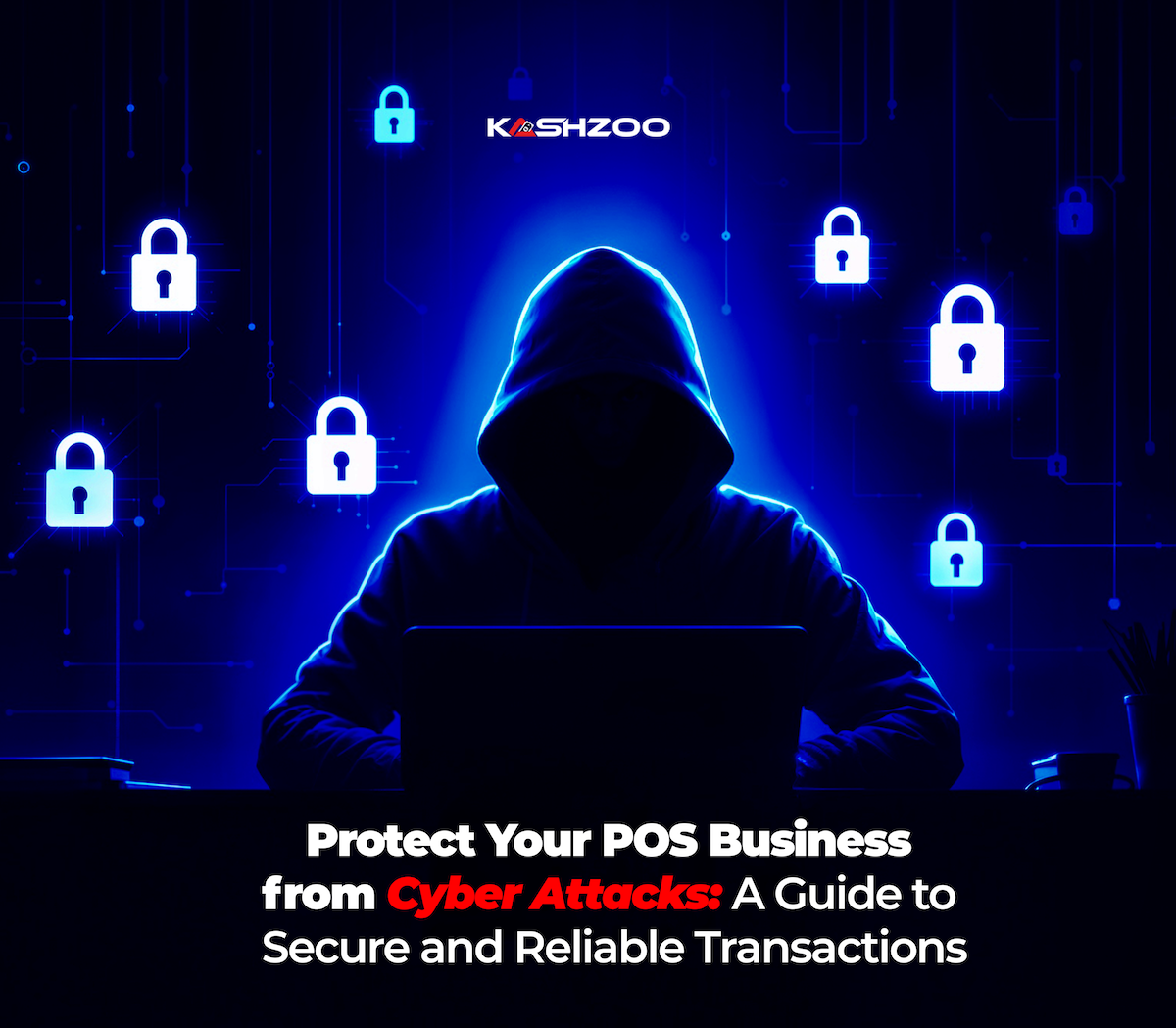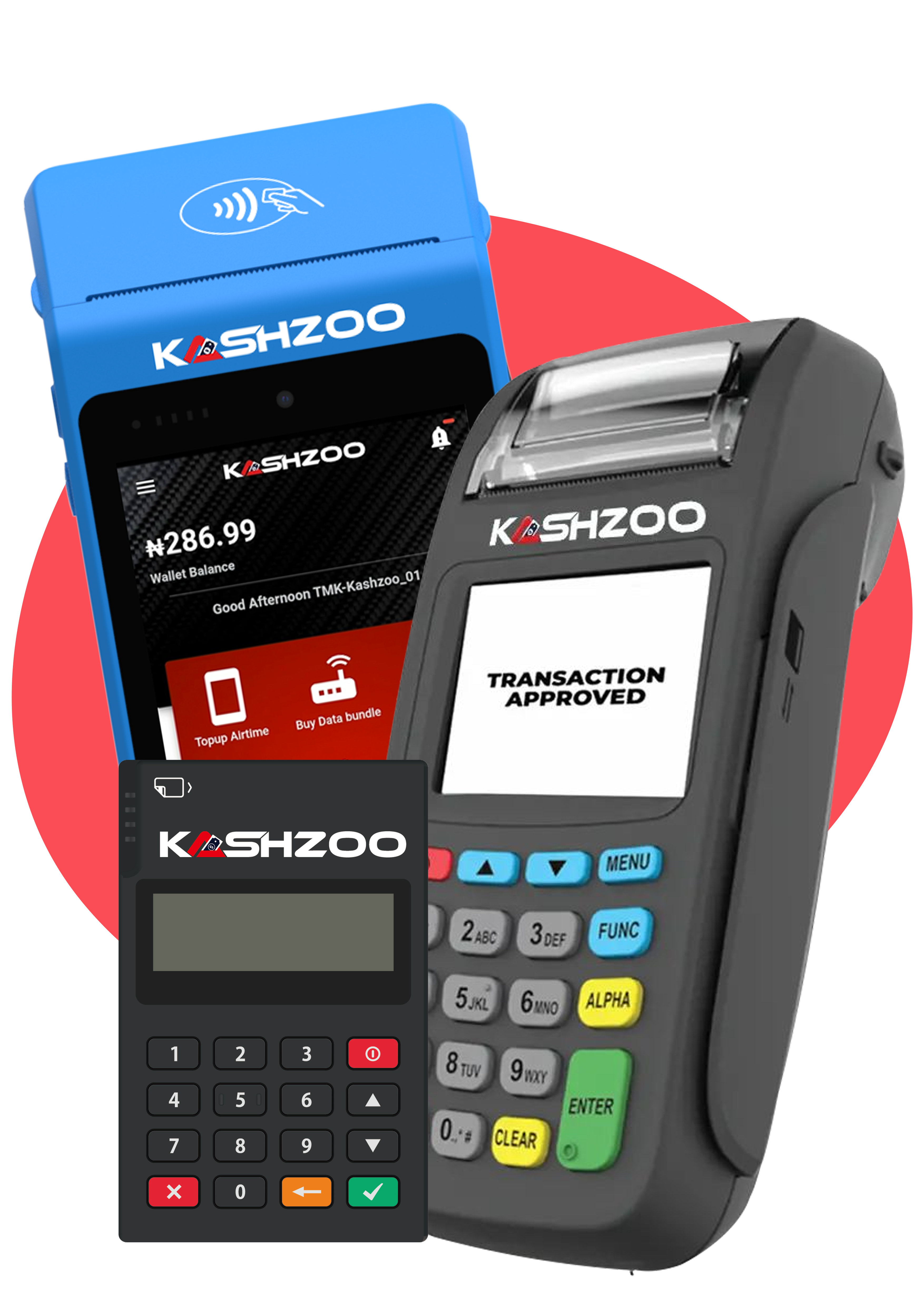Your POS business needs a functioning, reliable and secure POS machine to stay alive. The same device also attracts fraudsters. And one wrong tap can drain your cash or customer’s trust, breaching trust.
This guide shows practical steps to take for more secure and reliable transactions.
Know the Common POS Cyber Attacks
Cyber attacks are attempts by fraudsters to break into your phone, POS terminal, or online account to steal money, data, or control your finances. Since you handle cash as a POS agent, you become a target, so you must be careful. Below are common cyber attacks;
- Malware on your POS device: Fraudsters install malicious apps on POS terminals or phones. The app can store your card data and PINs or passwords, which they may later use to defraud you and your customers. For instance, a “free data” app that asks for wide permissions and secretly tracks keystrokes. After a day or more, your customers may start experiencing strange transactions.
- Card Data Skimming: Fraudsters attach tiny readers to card slots or cables. Some load spyware that copies card numbers during each transaction. A fraudster may replace your POS machine with a look-alike or attach tiny readers while pretending to withdraw. Always ensure you collect the customers card and insert it yourself during transactions.
- Internet or Wi-Fi breach: Public Wi-Fi lets intruders watch traffic or break weak passwords. If you connect the POS machine to a public Wi-Fi, your password or PIN may be compromised.
- Phishing by voice or email: Scammers pose as “bank” or “gateway” support. They call or email with “urgent verification.” They rush you to share OTPs, dashboard logins, or API keys. Example: “Your terminal will deactivate in 30 minutes. Read out the OTP now.” Don’t fall for it.
How to Secure Your POS Machine
Below are tips on how to secure your POS machine;
- Enforce Strong user Authentication: Use unique logins. Turn on two-factor authentication (2FA) for your POS app and dashboard. Never share OTPs. Never store passwords in notes or chats.
- Keep Software and Firmware up to Date: Update the POS app, Android/iOS, and the terminal firmware. Updates fix holes that criminals exploit. Set devices to auto-update. Reboot daily to complete patches.
- Use Secure Network: Avoid public Wi-Fi. Use a private router or a dedicated SIM with a secure APN or VPN. Change default router passwords. Hide the Wi-Fi SSID, set WPA2/WPA3, and limit who can join.
- Set Transaction Controls and Instant Alerts: Use per-transaction limits, daily caps, and velocity rules. Turn on instant SMS or email alerts for unusual activity.
- Protect the hardware: Keep the terminal where you can see it. Use tamper-evident seals on ports and cables. Run a quick device inspection each morning.
Train Yourself About Cyber Security
As a POS agent, you need to go a step further to learn the following;
- Spot fake support: Ensure you know how to verify caller identity. Real customer support never asks for OTPs or full passwords. Set a rule: hang up, call the official number on the website, then confirm.
- Check the device before the first transaction: Inspect the card slot. Compare the reader’s serial number with your log. If anything looks loose, new, or extra, stop transactions and escalate.
- Handle customer data with care: Shield the PIN pad from view. Never write card numbers on paper. Do not take photos of cards or receipts. Shred old receipts that show sensitive data.
- Use strong passwords : Make passwords at least 12 characters long and include a mix of types. Do not reuse passwords across apps. Use a reputable password manager.
- Keep learning with short refreshers: Run 10-minute toolbox talks weekly. Pick one topic, e.g. OTP safety, Wi-Fi rules, device checks, or scam scripts and correct mistakes on the spot.
Our Take
Cyber attacks target busy POS agents, not just big companies. So, ensure you take necessary steps like regular updates, passwords, device checks, and self-training to prevent cyber attacks. Additionally, you set limits and alerts, treat unusual activity as urgent by escalating it to your provider. Remember to use a reliable POS like Kashzoo for more secure transactions.




What do you think?
It is nice to know your opinion. Leave a comment.